





Similar to a birthstone and an astrological sign, we are all assigned a birth flower for the time of year we are born. Each birth flower has a historical or meaningful significance. Some people are surprised to hear that birth flowers exist. Here is a brief overview of the birth flowers and their meanings.
Each month has a special representational flower. The flowers have specific meanings and some also represent something meaningful as gifts. Read on to find out what you and your loved ones' birth flowers are.
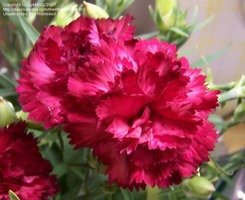
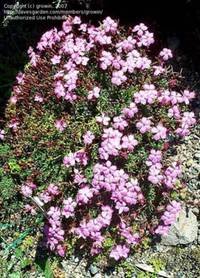
January - Carnation
Carnations have been cultivated for 2,000 years and are still popular in many different cultures around the world. They are not only the most cultivated plant in the floriculture industry worldwide, but carnations are the bright and cheery symbol of January birthdays. The word carnation is derived from the Greek words that mean "flower of the gods." While the Latin derived genus, Dianthus, means "divine flower."
Carnations can be dyed any color, which makes them adaptable to many circumstances, but their attributed meaning is pride, beauty, fascination, love and distinction.
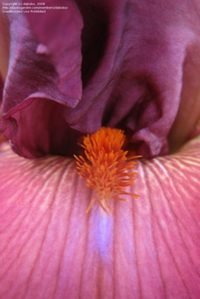
February - Iris
Irises stand for faith, hope, and wisdom. For a gardener, these words might have special significance in February; Faith that spring will come, hope that it will be prosperous and early, and wisdom for a better kept garden.
February is a month of romance and iris is a fitting symbol. Because irises come in so many different colors, ranging from white to deep purple, it can take on disparate moods and emotions. Other historic references to Iris: she was the Greek goddess of the rainbow, and the Fleur de Lis is a stylized version of the iris. Alternate sources site violet as the birth flower of February.
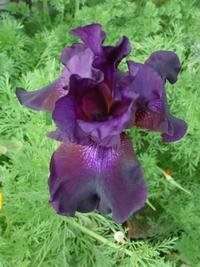
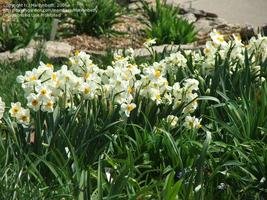
March - Daffodil
Daffodils have the meaning of rebirth, respect, regard and unrequited love. There are many different varieties available of daffodils from double peach forms (right) to the classic white with yellow, trumpeted centers (left). Daffodils are grown from bulbs and emerge in spring as a welcome harbinger of warmer weather. In England, the daffodil is known as the "Lent Lily" because it blooms during the period of lent from the Christian faith.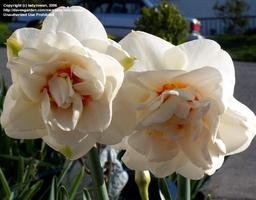
April - Daisy
No flower emits such joy and light as the daisy. Most sources site the Gerbera daisy as the "real" April daisy, but a gardener knows that there are many other daisies that will brighten a person's day, or month, just as well.
Shasta, African, Marguerite, English, Gloriosa and paper daisies are all cheerful symbols of April's season. Gerbera daisies in particular make excellent cut flowers and come in an assortment of beautiful colors. Sweet peas are also known as the birth flower of April.
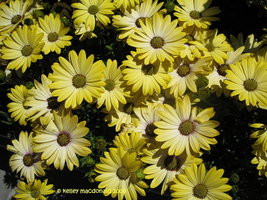
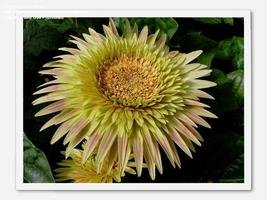
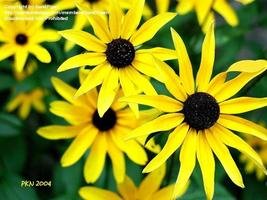
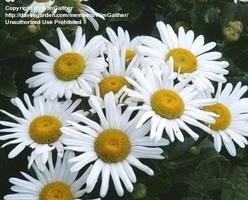
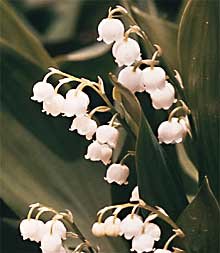
May - Lily of the Valley
Lily of the Valley means humility, chastity, sweetness and purity. This graceful mid-spring bloomer is fragrant and virtually carefree.
Lily of the valley is traditionally treasured in bridal bouquets for its white, bell shaped flowers, heavenly scent, and its longevity when cut.
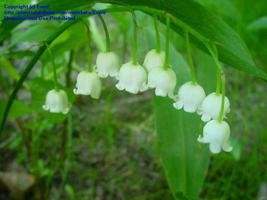
June - Rose
Roses might be the most recognizable flower around the world. Roses have many different meanings depending on the color when given in bouquets.
Red - conveys love to the recipient
Pink - does not have the passion of red roses, but still conveys the feelings of love
Dark pink - means gratitude
Light pink- conveys admiration or sympathy
White - illicits innocence, purity, secrecy and friendship
Yellow - stands for dying love or platonic love
Yellow with red tips - means friendship or falling in love
Burgundy - means beauty
Purple - means protection and maternal or paternal love
These specific color meanings of roses go back to Victorian times and are generally still accepted today. The rose as a birth flower stands for love and appreciation. Roses are a beloved garden plant and can be found around the world in cottage, native, and formal gardens alike.

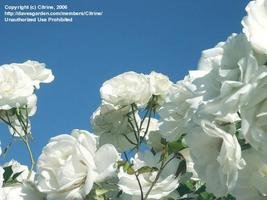
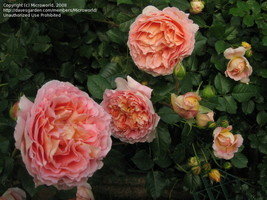
July - Larkspur
Larkspur is a lesser known flower that represents July. It has the meaning of levity and open heartedness. Larkspur usually refers to the multitude of cultivated annual delphiniums. Generally, larkspurs are deep, bright blue but can also be found in red, white, pink and lavender. Larkspur in the garden makes an excellent background border plant since it grows up to four feet tall and also serves as a great cut flower for fresh arrangements.
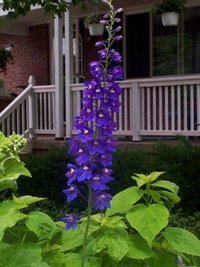
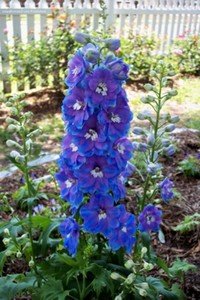
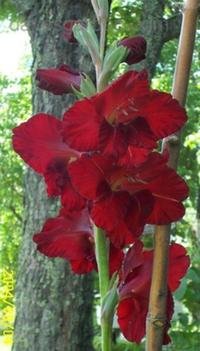
August - Gladiolus
Gladiolus is a striking, bold, and wonderful specimen in the garden and as cut flowers. Named for the shape of their leaves from the Latin word "gladius," meaning sword, Gladioli (plural) come in a range of colors including pink, salmon, white, yellow, orange and crimson. They symbolize strength and moral integrity, and also infatuation. It is said that a bouquet with Gladioli conveys to a recipient that they pierce the giver's heart with passion.
September - Aster
Aster is a sign of fall as sure as the changing leaves. The flower stands for patience and daintiness and the word "aster" comes from the Latin for star. There are many different varieties of asters from New England to Stokes, which provide beautiful, daisy-like blooms on foliage that can range from 6 inches to 4 feet tall.
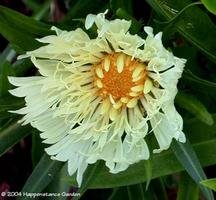
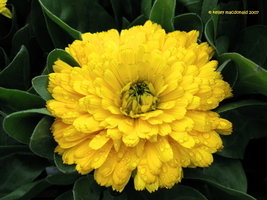
October - Pot Marigold
Pot marigolds historically stand for "winning grace," and are also cited to represent sorrow or sympathy. They are sometimes referred to as summer's bride because the blooms follow the path of the sun through the sky.
Pot marigolds are a colorful, easy to grow annual. It is effortless to start them from seed and they provide a bright, yellow or orange spot in the garden throughout the summer.
November - Chrysanthemum
Chrysanthemums stand for compassion, friendship, and secret love. They come in an assortment of colors from white to yellow to deep red. Also known as mums, these perennials are the classic fall blooming flower. Their cheery colors and full daisy-like blooms will persist through freezing temperatures. Interestingly, chrysanthemums are the national flower of Japan and symbolize the Japanese emperor.
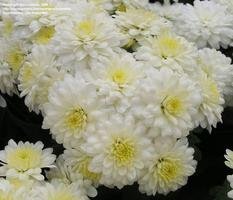
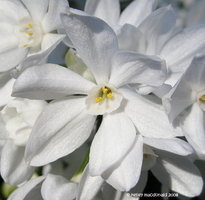
December - Paperwhite Narcissus
Legend states that after Narcissus died, Apollo turned him into the flower narcissus. The Narcissus, when gifted, is a symbol that the recipient is sweet. The flower also represents respect, modesty, and faithfulness. Paperwhites grow from bulbs and are easily forced indoors, which is why they are commonly given as gifts in December. The blossoms are elegantly, yet strongly fragrant and generally come in white.
As gardeners we already have a familiarity with most of these flowers. Think how nice a handpicked bouquet of meaningful flowers from your garden would be as a birthday present!
Beautiful images courtesy of DG members' contributions to the PlantFiles:
Rose thumbnail- Art_n_gardenDianthus - Growin Daffodil- ladyrowan Rose- butchpoodleAster - HappenstanceDaffodil - Marilynbeth Rose- CitirineCarnation - jg48650Chrysanthemum - starshine'Lady Friend' Iris - DaboboAfrican daisy - KellYellow Ox eye Daisy- SanPiperLily of the Valley - DebseyNarcissus - KellGladiolus - NatureWalkerLily of the Valley - EvertDaisy - KimGaitherRose - MicroworldGerbera Daisy - GordoChrysanthemum - kniphofia Larkspur - Greenelady'Superstition' Iris- Ladyanne
Sources:
1. http://www.birthflowersguide.com/
2. http://www.buzzle.com/articles/birthday-flowers-information-on-birth-month-flower.html
3. http://www.teleflora.com/about-flowers/gladiolus.asp
(Editor's Note: This article was originally published on January 12, 2009. Your comments are welcome, but please be aware that authors of previously published articles may not be able to promptly respond to new questions or comments.)
Copyright © www.100flowers.win Botanic Garden All Rights Reserved